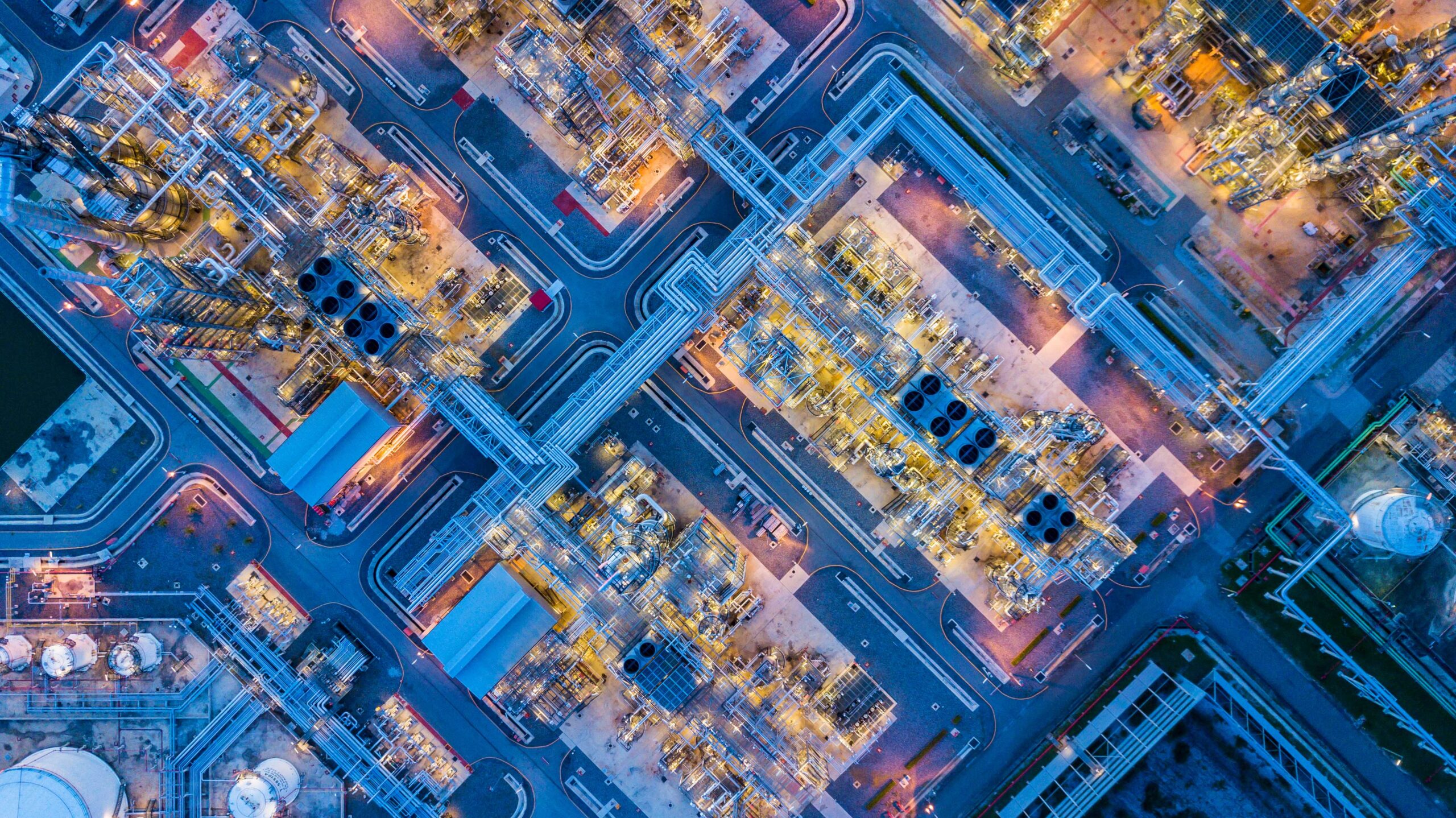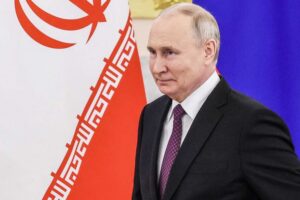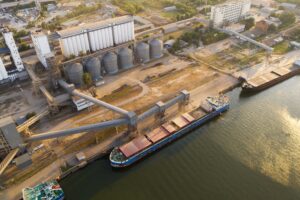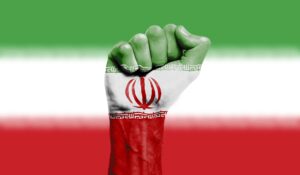In October 2020, Japan’s then-Prime Minister Yoshihide Suga declared the country’s goal to achieve carbon neutrality by 2050.[i] This was followed by the announcement of the Green Growth Strategy in December 2020 by Japan’s Ministry of Economy, Trade and Industry (METI), which prescribes policy tools and action plans to incorporate the above goal into the country’s industrial strategy.[ii] Behind these new policy developments was a substantive shift in the mindset of key Japanese politicians and bureaucrats, from seeing climate actions as costs to, or constraints on, industry to seeking positive cycles of economic growth and environmental protection, and exploring novel opportunities in such cycles. Japanese businesses have increasingly been following. According to the recent report by Nihon Keizai Shimbun (Nikkei), 267 companies from various industries already target carbon neutral or even carbon negative.[iii] Japan, on the other hand, has been one of the world’s largest hydrocarbon-consuming countries, and is known for its heavy dependence on the Middle East for the imports of oil and gas. How will Japan’s prospective decarbonisation possibly affect its relations with major Middle Eastern countries? This article aims to provide some food for thought for answering this question.
Japan has been one of the world’s largest hydrocarbon-consuming countries, and is known for its heavy dependence on the Middle East for the imports of oil and gas.
Oil and gas imports from the Middle East, particularly the Gulf region, are integral to Japan’s economy and energy security. Among nearly three million barrels per day of oil Japan imported in 2019, 88.6% were from the Gulf region, and countries such as Saudi Arabia (35.8%), the United Arab Emirates (29.7%) and Kuwait and Qatar (17.3%; combined)[iv]. In the same year, 17.0% of Japan’s liquefied natural gas (LNG) imports also came from three countries in the region: Qatar, Oman and the UAE.[v] Following the Oil Crisis in 1973, Japan implemented the diversification of its energy sources away from oil, investing in other sources such as coal, nuclear power, and renewables. As a result, the country’s energy self-sufficiency rate once reached 20.3% in 2010. Nevertheless, as the operations of most of the country’s nuclear power plants were suspended following the Fukushima crisis in 2011, the rate plunged to around only 6-7%. It crawled up thereafter to 11.8% in 2018, but hydrocarbons occupied the lion’s share of Japan’s energy supply at 85.5%, comprising 37.6% from oil, 25.1% from coal, and 22.9% from gas.
With the announcement of the new carbon neutrality goal, some business executives in Tokyo are already (over)optimistic about the decarbonisation prospect, saying: “The fossil fuel age will come to an end soon”, “Japan will need only little hydrocarbon in the near future”, or even “The Middle East would become much less important in our energy security”. Nevertheless, oil and gas are, in fact, likely to remain indispensable to Japan’s energy security at least for the next few decades considering that the transition process of decarbonisation is expected to be long and gradual. Moreover, as the global hydrocarbon demand will peak out and start declining, the shares of Middle Eastern countries, which can produce oil and gas at low costs, are likely to rise in the market as high-cost producers in other regions will start withdrawing from the industry with their oil and gas reserves becoming ‘stranded assets’. (Yet it is worth mentioning that Saudi Arabia is currently facing another long-term concern, namely, the challenge posed to its oil exporting capacity by the increase in domestic oil consumption for power generation and water desalination, which has been urging the Saudi government to invest in renewables and nuclear power.)[vi]
In addition, Japan may discover new avenues of energy cooperation with Middle Eastern countries as global decarbonisation projects advance. In particular, blue ammonia as carbon-free fuel for power generation has been receiving much attention recently. By 2050, the electricity demand in Japan is expected to rise by 30-50% to 1,300-1,500 GWh. While Japan aims to cover 50-60% of this demand by renewables and 30-40% by thermal power and CCUS (carbon dioxide capture, utilisation, and storage), around 10% are expected to be met by hydrogen and ammonia.[vii] Compared to hydrogen, ammonia is easier and less costly to store and transport. And Middle Eastern countries are well-positioned in producing blue ammonia, which is produced from fossil fuel using CCUS.
While Middle Eastern countries remain a cornerstone in Japan’s energy security through their oil and gas exports, the weight in bilateral energy cooperation gradually shifts towards carbon-free energy sources.
In fact, Saudi Arabia and the UAE are already keen on developing both the upstream blue ammonia industry in their countries and the downstream supply-chain in ammonia-importing countries, including Japan. Japanese businesses, too, have already begun exploring these novel opportunities in the Middle East. The Institute of Energy Economics, Japan (IEEJ) and some Japanese companies collaborated with Saudi Aramco, Saudi Arabia’s state-owned oil company which now owns SABIC, to pioneer in Saudi Arabia’s blue ammonia production and exports.[viii] The demonstration was successfully conducted in November 2020, with 40 tons of high-grade blue ammonia being processed from natural gas in the chemical facilities in Saudi Arabia and shipped to gas-turbine power generators in Japan. In August 2021, INPEX, JERA, and the Japan Oil, Gas and Metals National Corporation (JOGMEC) also signed an agreement with the Abu Dhabi National Oil Company (ADNOC) to jointly conduct a feasibility study for a clean ammonia production in the UAE.[ix] These developments hint at the contours of Japan-Middle East energy reciprocity in the coming years: while Middle Eastern countries remain a cornerstone in Japan’s energy security through their oil and gas exports, the weight in bilateral energy cooperation gradually shifts towards carbon-free energy sources including blue ammonia.
Such diversification of Japan-Middle East energy cooperation needs to be considered by also taking into account other elements. One is geopolitics. Asian countries are heavily reliant on oil and gas whose shipments come via the Strait of Hormuz. This geopolitical situation will continue with the imports of blue ammonia. This makes Asian countries aware of the need to shore up their bilateral ties with countries in the region by making their ties more multifaceted, if it does not imply an immediate spill-over of their partnerships to the security field. Another point is the impact of global decarbonisation on the national income structure of oil- and gas-producing countries in the region.[x] While there exist many different estimates regarding oil demand in the coming age of decarbonisation, what is certain is that the fiscal structure of oil-reliant “rentier” states will not go unaffected: even Saudi Arabia which produces oil at the lowest cost in the world, at 4-5 USD per barrel will have to achieve a national industrial transformation to have other income sources.
It would be desirable for Japan's government and private businesses to start investing in the greater capacity of the hydrogen and ammonia supply of the Middle East.
For Japan’s long-term energy security, it would be desirable for its government and private businesses to start investing in the greater capacity of the hydrogen and ammonia supply of the Middle East, which may not be limited to blue hydrogen/ammonia, but may possibly also include green hydrogen/ammonia, which are produced through renewables. One noteworthy advantage of Japan is that it is already endowed with an effective institutional framework to facilitate such joint public-private partnership projects. Since the Oil Crisis in 1973, the Japan Cooperation Center for the Middle East (JCCME), receiving support from both the Ministry of International Trade and Industry (MITI, a precursor of METI) and private Japanese businesses, have served the bridging of Japan and oil- and gas-producing countries in the Middle East and North Africa, catalysing major Japanese investments in these countries.[xi] Such institutional arrangement was desired by all parties – the Japanese government in need of enhancing the level of the country’s energy security, the governments in the Middle East which aimed to start developing non-oil industries, and Japanese businesses which saw potential opportunities in booming economies in oil-producing countries.
The JCCME’s catalyst role was significantly empowered during a decade between 2007 and 2016 when the bilateral project called Japan-Saudi Arabia Industrial Cooperation Task Force was implemented.[xii] The Task Force brought about more than ten Japanese investments in Saudi Arabia in manufacturing sectors such as automotive, titanium smelting, power transmission, and water desalination, laying a foundation for a new bilateral strategic partnership under Saudi Vision 2030, an ambitious long-term development plan announced by the Saudi government in April 2016. Since then, the JCCME has continued to play a central role in managing this bilateral strategic partnership, now called Saudi Japan Vision 2030, facilitating communications between the public offices and private businesses from both countries. And, with its tangible expertise and experience, it further continues to explore new avenues of reciprocity between the two countries that will emerge with the long-term transformation of the global energy industry and market. As the latest round of the UN Climate Change Conference, COP26 Glasgow, reminded us, preserving the status quo is not an option.
Disclaimer: This article represents the author’s personal view and opinions only, not those of the JCCME.
[i] 191 municipalities in Japan have also declared their neo zero emission target, including those in Tokyo, Kyoto, and Yokohama. 72 major multinational companies based in Japan, such as Toyota, Hitachi, and Mitsubishi Heavy, have followed suit. See the report of Japan’s Ministry of Economy, Trade, and Industry published in December 2020 (Japanese): https://www.meti.go.jp/shingikai/sankoshin/sangyo_gijutsu/chikyu_kankyo/ondanka_wg/pdf/002_03_00.pdf
[ii] Ministry of Economy, Trade, and Industry, Japan, ‘Overview of Japan’s Green Growth Strategy through Achieving Carbon Neutrality 2050’, March 2021: https://www.mofa.go.jp/mofaj/files/100153688.pdf
https://www.mofa.go.jp/ic/ch/page22e_000944.html
‘Green Growth Strategy in line with Carbon Neutrality in 2050’ was announced jointly by 10 ministries in Jun. 2021 with an additional announcement in Apr. 2021 of a target of reducing green-house gas by 80% by 2050, with an interim target as of 2030, reduction by 46% from 2013 (full report in Japanese). https://www.meti.go.jp/press/2021/06/20210618005/20210618005-3.pdf
https://www.meti.go.jp/english/press/2021/0618_002.html
[iii] https://asia.nikkei.com/Spotlight/Environment/Climate-Change/Net-zero-pledges-in-Japan-surged-ahead-of-COP26-Nikkei-survey?n_cid=DSBNNAR
[iv] The report by Agency for Natural Resources and Energy (ANRE), METI Nov. 2020
Japan’s new international resource strategy to enhance the foundation of a stable supply of oil / Special Contents -Energy Japan- / Agency for Natural Resources and Energy (meti.go.jp)
[v] ANRE whitepaper (full report in Japanese) chapter 3 fig.213-1-11 Japan’s import of LNG by country, https://www.enecho.meti.go.jp/about/whitepaper/2021/html/2-1-3.html#:~:text=2019%E5%B9%B4%E5%BA%A6%E3%81%AB%E3%81%8A%E3%81%91%E3%82%8B%E5%A4%A9%E7%84%B6%E3%82%AC%E3%82%B9,%E3%81%A8%E3%81%97%E3%81%A6%E8%BC%B8%E5%85%A5%E3%81%95%E3%82%8C%E3%81%BE%E3%81%97%E3%81%9F%E3%80%82
[vi] Glada Lahn and Paul Stevens, Chatham House “Burning Oil to Keep Cool -The Hidden Energy Crisis in Saudi Arabia” Dec. 2011 (vid. P.2), https://www.chathamhouse.org/sites/default/files/public/Research/Energy%2C%20Environment%20and%20Development/1211pr_lahn_stevens.pdf
[vii] Aforementioned ‘Overview of Japan’s Green Growth Strategy through Achieving Carbon Neutrality 2050’ announced for diplomatic corps in Tokyo in Mar. 2021.
https://www.mofa.go.jp/ic/ch/page22e_000944.html
[viii] The demonstration won “Hydrogen Economist Project of the Year” for “Petroleum Economist Awards 2020”. Press releases from IEEJ: https://eneken.ieej.or.jp/en/press/press200927_en.pdf; https://eneken.ieej.or.jp/en/press/press201216_en.pdf
[ix] From news release of JOGMEC home page, https://www.jogmec.go.jp/english/news/release/news_15_000001_00021.html
[x] Many organizations announce the long-term forecasts on this issue. One of the latest report is International Energy Agency IEA’s “Net Zero by 2050-A Roadmap for the Global Energy Sector” which shows shocking estimate that the global oil demand will drastically shrink into 24 million barrel/day from current over 100 million b/d and oil price only 25 usd/barrel, mentioning higher dependency to Middle East would affect global energy security. (vid. p.58/p.23) https://iea.blob.core.windows.net/assets/deebef5d-0c34-4539-9d0c-10b13d840027/NetZeroby2050-ARoadmapfortheGlobalEnergySector_CORR.pdf
[xi] Japan Cooperation Centet for the Middle East (jccme.or.jp)
The Saudi-Japanese industrial cooperation dates back to the Sultan-Kosaka agreement in 1960, the creation of the Japan Cooperation Center for the Middle East (JCCME) in 1973, and the Saudi-Japanese Economic and Technological Cooperation Agreement in 1975. Japanese Ministry of Foreign Affaires, https://www.mofa.go.jp/region/middle_e/saudi/data.html
[xii] The article “Japan’s Important Role in Saudi’s Vision 2030” in Middle East Institute by Giorgio Cafiero, Theodore Karasik, Daniel Wagner, Cinzia Miotto, Nov.29, 2016 mentions “Japan-Saudi Industrial Cooperation Task Force” in chapter “A Brief History of Riyadh-Tokyo Relations”
https://www.mei.edu/publications/japans-important-role-saudis-vision-2030

















